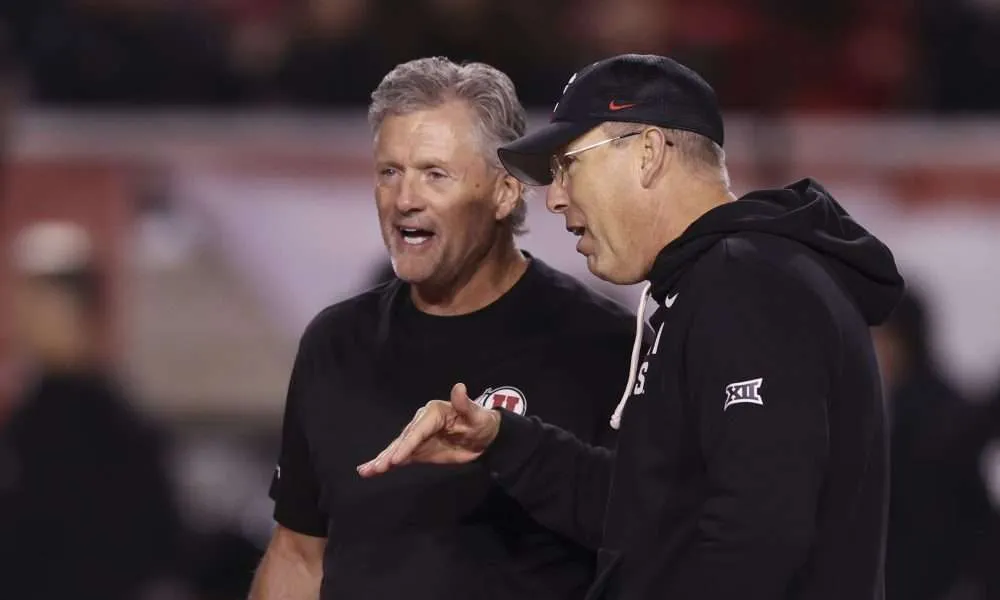NIL
NIL Collectives Face Uncertain Fate as House Attorneys, CSC Bicker



The House settlement was supposed to bring clarity and calm to big-time college sports, but attorneys who negotiated the deal already disagree on what it means for NIL collectives.
The disagreement won’t imperil the multibillion-dollar truce, but it’s an early test of an arrangement crafted by attorneys who may have agreed on language but not on what the words mean.
Last Friday, Yahoo Sports reported on attorneys Jeffrey Kessler and Steve Berman—the duo representing the plaintiff athletes and class members—sending a letter to the NCAA and power conferences demanding retraction of a guidance issued last Thursday by the College Sports Commission (CSC). As Sportico detailed, the guidance clarified that an entity whose purpose is to pay athletes or colleges rather than to sell goods and services to the general public likely won’t satisfy a House settlement requirement that the payor of an NIL deal worth at least $600 use the athlete’s NIL for a valid business purpose.
The letter stated that the purpose of the requirement is to prohibit NIL collectives from “simply receiving donations and paying athletes for pay,” not to prevent them from paying athletes for use of their NIL such as to appear at a golf tournament or attend an autograph signing. The letter demands that the CSC “clarifies that the valid business purpose requirement applies to NIL collectives in the same manner as any other entity.”
At the heart of the debate is interpretative disagreement about NCAA Bylaw 22.1.3, which governs the involvement of so-called associated entities in NIL deals.
As U.S. District Judge Claudia Wilken explained in her June 6 order granting final approval to the settlement, an associated entity “is one that is closely affiliated with an NCAA member school for the purpose of promoting the school’s athletics program or its student-athletes.”
In the pre-NIL era, entities closely affiliated with a school’s athletics program were sometimes labeled “representatives of an institution’s athletics interests” or “third-party entities that promote an athletics program.” Those terms include boosters who try to recruit athletes to attend a particular college. Boosters are still around and sometimes run afoul of NCAA rules by paying or otherwise providing benefits to recruits as inducements to attend a college. Boosters have been known to act as proxies for coaches, who accept NCAA rules prohibiting them from inducing recruits via compensation.
Associated entities is a phrase that includes NIL collectives, which perform similar functions as boosters but under the guise of NIL. Collectives are groups formed by boosters and other supporters of an athletic program for the purpose of collecting or pooling money to facilitate NIL opportunities for athletes. Some collectives have arranged for “NIL deals” where recruits are only be paid if they matriculate to a particular school. Those types of deals resemble pay-for-play arrangements, which the NCAA continues to prohibit, since they’re designed to incentivize an athlete to commit to a school.
Inducing an athlete to attend a college performs a different function from the intent of NIL, which draws from the right of publicity. This right forbids misappropriation of the unique and marketable qualities of a person.
When Ed O’Bannon sued over NIL, it was so that college athletes could be compensated for their likenesses appearing in video games—just like NBA, NFL, MLB and NHL players are compensated for the same usage. When a professional athlete is paid to endorse a shoe company in a TV commercial or to influence a brand on social media, that too is use of NIL. A company is paying the athlete to promote a product or service the company is selling to the public in hopes of securing a profit.
Back to NCAA Bylaw 22.1.3. It requires a valid business purpose “related to the promotion or endorsement of goods or services provided to the general public for profit.” This language is designed to ensure that the payment reflects use of the athlete’s NIL to promote the sale of “something” that the public buys.
The bylaw also requires “compensation at rates and terms commensurate with compensation paid to similarly situated individuals.” If a collective pays a recruit 10 times what a comparable endorser would normally be paid for the same activity, that’s a sign the payment is more pay-for-play than NIL.
The CSC’s guidance says that a valid business purpose for an NIL deal must involve an entity that is providing goods or services to the public for profit. This standard means that even if a collective pays an athlete to appear at a golf tournament or autograph show, paying the athlete (or other athletes) a share of the entrance fees is problematic, because the money collected would be intended to pay the athlete(s) and not sell a product or service to the public. The Kessler and Berman letter refutes this interpretation, arguing the settlement does not preclude a collective from paying athletes for use of their NIL in the entrance fee situation and related contexts.
There are several ways the situation could play out. The CSC could alter its guidance to conform more to Kessler and Berman’s wishes, and the NCAA could modify 22.1.3 for the same purpose. The parties could ask U.S. Magistrate Judge Nathanael Cousins, who Wilken designated to oversee implementation of the settlement, to consider the dueling arguments and issue an order. Meanwhile, athletes and NIL collectives whose deals are rejected by the CSC could commence their own litigation. They could bring federal antitrust and state NIL statute claims, though those claims could face sizable hurdles. Alternatively, collectives could alter their structures so the sale of products and services to the public is a core part of their missions. Others could fold as athletic departments offer to share revenue with recruits.
In theory, one or more of the settlement parties could petition Wilken to terminate the settlement on grounds the parties incorrectly believed they had a meeting of the minds. If that sounds far-fetched, it’s because it is. Wilken would point out the parties negotiated the settlement for more than a year and had ample opportunity to clarify what words meant.
Many thousands of athletes, parents, college administrators and others have also relied on the settlement in making important life decisions. To unwind the settlement because of textual ambiguity could cause sizable harm.
There’s also something called money. The settlement has a lot of it. There’s the $2.8 billion damages payout to D-I athletes in reflection of lost NIL, video game and broadcasting opportunities. There’s the revenue share of up to 22% of the average power conference athletic media, ticket and sponsorship revenue. And just last Friday, Wilken approved class counsel’s petition for $515.2 million in fees, plus $9.4 million in litigation expense and court costs. It’s hard to envision the deal collapsing with so much money on the line.
NIL collectives may be important industry players, but don’t expect the settlement to blow up over their fate.
NIL
Clemson Fans Want Dabo Swinney Fired Immediately After Bowl Game
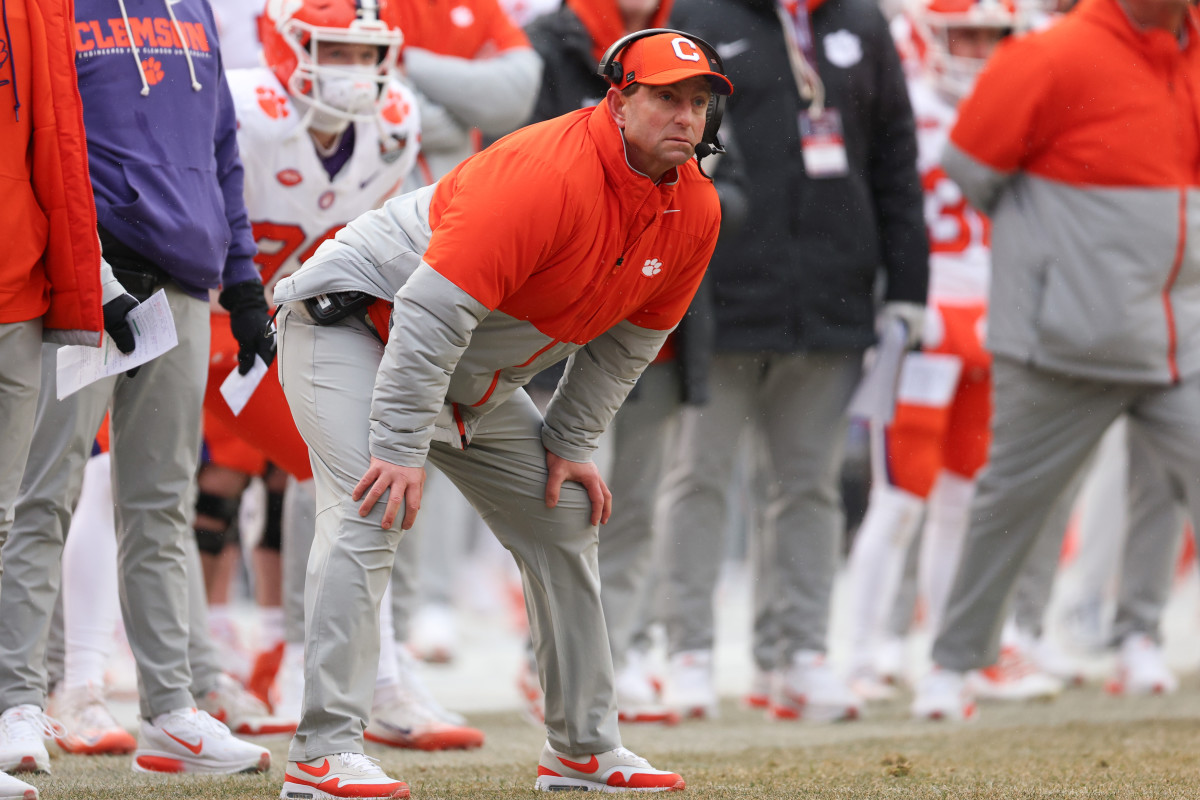
It’s getting hard for Clemson to ignore the downfall of Dabo Swinney.
Prior to the start of the 2025 season, Clemson was a trendy pick to make the national championship game. The program’s hopes of making a run in the College Football Playoff were destroyed once Swinney’s squad fell to 1-3 on Sept. 20. Although the Tigers finished the regular season with a 7-5 record, the reality is they underachieved this year.
Advertisement
As if this season wasn’t brutal enough for Clemson fans, they had to watch their team get dismantled by Penn State in the Bad Boy Mowers Pinstripe Bowl.
Clemson’s offense was neutralized by Penn State’s defense. On the flip side, the Nittany Lions received a sharp performance from quarterback Ethan Grunkemeyer.
Before Penn State even put the finishing touches on its bowl victory over Clemson, people voiced their complaints about Swinney online. Most of them believe he should be fired this offseason.
Advertisement

Nov 14, 2025; Louisville, Kentucky, USA; Clemson Tigers head coach Dabo Swinney talks with the officials during the first half against the Louisville Cardinals at L&N Federal Credit Union Stadium. Mandatory Credit: Jamie Rhodes-Imagn Images
Dabo on the hot seat.
“Fire Dabo, fire the whole staff, cut the entire team. Losing to a piss poor Penn State team is unacceptable,” one fan said.
“Please fire Dabo..it’s time,” a second fan wrote. “I’m sorry but it’s time.”
“Fire Dabo NOW,” a third fan commented.
“Dabo Swinney has stated numerous times that he’s against NIL If he can’t adapt then Clemson needs to fire him,” another fan argued. “I think he’s a great football coach and would have success in the NFL, but the college game is a lot different now.”
Advertisement
Swinney, a two-time national champion, has accomplished remarkable things at Clemson since taking over the program in 2009.
At the end of the day though, Swinney has struggled to adapt in the NIL era of college football.
Should Clemson fire Swinney this offseason?
This story was originally published by The Spun on Dec 27, 2025, where it first appeared in the College Football section. Add The Spun as a Preferred Source by clicking here.
NIL
Oregon QB Austin Novosad plans to enter NCAA Transfer Portal

Oregon redshirt sophomore quarterback Austin Novosad plans to enter the NCAA transfer portal, according to a report from ESPN’s Pete Thamel on Saturday afternoon.
Novosad, a native of Dripping Springs, Texas, spent three seasons at Oregon and appeared in seven games. During that span, he completed 12 of 15 passes for 99 yards with no touchdowns or interceptions.
Novosad waited his turn in Eugene throughout that time. He learned behind Bo Nix during his true freshman season in 2023 and Dillon Gabriel in 2024. Novosad remained with the program losing the spring quarterback competition to Dante Moore, and played very little during his third season with the program.
A member of the 2023 recruiting class, he was the No. 113 overall prospect and the No. 10 quarterback in the cycle, per the Rivals Industry Ranking, a proprietary algorithm that compiles ratings and rankings from all of the primary recruiting media services. He was the No. 21 player from the state of Texas that year.
Novosad is set to have have two years of eligibility at the next school he attends. He used a redshirt during his true freshman season.
As a high schooler, he completed 563-of-873 passes (64.5%) for 8,983 yards and 114 touchdowns compared to 18 interceptions during a three-year career at the varsity level. He had three games where he finished with seven touchdowns, as well as one six-touchdown game, and six separate games where he threw five touchdowns. Novosad was recruited by the likes of Ohio State, Texas A&M and Baylor, among others. A one-time Baylor commit, he flipped late to the Ducks before National Signing Day.
More on the NCAA Transfer Portal
Once the NCAA transfer portal opens on Jan. 2, players can officially enter their names in the NCAA transfer portal and go on to initiate contact with their preferred schools. The portal will be open for 15 days and close on Jan. 16.
Notably, players who are on teams competing in the national championship game are allowed five extra days to make their portal decision. The College Football Playoff championship game will be played on Jan. 19, so the players on those teams will be allowed until Jan. 24 to enter the portal and choose their next school.
To keep up with the latest players on the move, check out On3’s Transfer Portal wire. The On3 Transfer Portal Instagram account and Twitter account are excellent resources to stay up to date with the latest moves.
NIL
No. 1 college football team linked to 1,700-yard RB in transfer portal
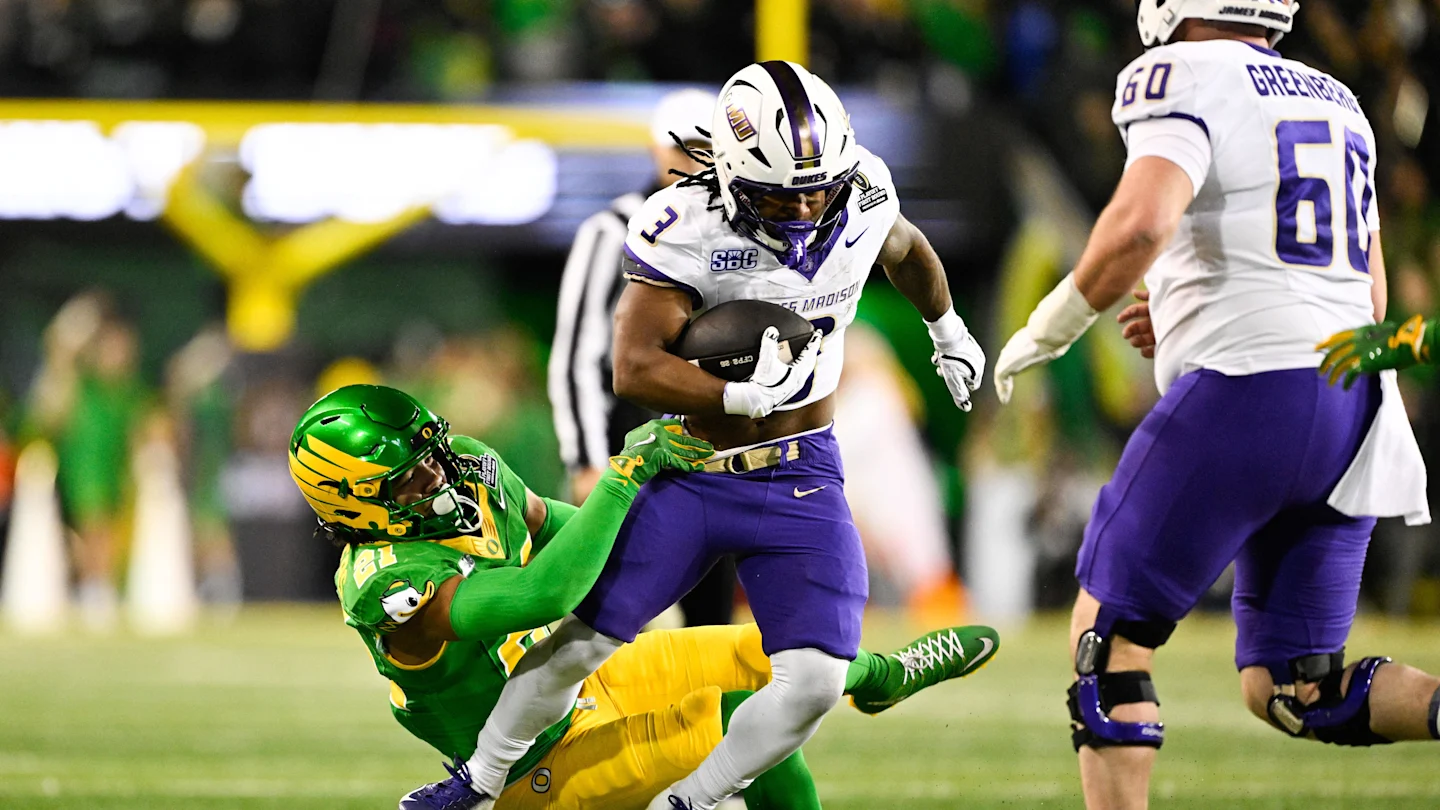
James Madison completed a historic 2025 campaign, capturing the Sun Belt title and earning the program’s first-ever College Football Playoff berth before a first-round loss to Oregon.
Even with the postseason loss, the Dukes finished ranked inside the top 25 and reinforced their status as one of the fastest-rising programs in the FBS after transitioning from the FCS in 2022.
The team’s biggest contributor was junior running back Wayne Knight.
Across the season, he totaled 1,373 rushing yards on 207 carries (6.6 yards per carry) with nine rushing touchdowns and added 40 receptions for 397 receiving yards, producing 1,770 all-purpose yards.
Knight posted multiple 100-yard rushing games, set a school record with 234 all-purpose yards in the Sun Belt championship (including a 212-yard rushing effort), became a Paul Hornung Award finalist, earned first-team All–Sun Belt honors, and garnered All-American recognition from select outlets.
However, on Saturday, Knight announced his intention to enter the NCAA transfer portal.
Early reporting has already linked him to several Power Five programs, with Yahoo Sports explicitly naming No. 1-ranked Indiana as a logical fit.

Knight redshirted in 2023 before establishing himself as James Madison’s primary back in 2024, totaling 449 rushing yards and two rushing touchdowns while adding 137 receiving yards and two receiving scores ahead of his breakout 2025 campaign.
Knight signed with James Madison in December 2021, choosing the Dukes over more than a dozen other scholarship offers, including Delaware, Navy, Brown, Howard, and Maine.
Hoosiers head coach Curt Cignetti is the central link in the Knight to Indiana storyline.
Before taking the Indiana job in 2024, Cignetti led James Madison to an 8–3 record in 2022 and an 11–1 finish in 2023, reaching as high as No. 18 in the AP poll.
Knight played under Cignetti during both seasons and was originally recruited to JMU by him.
For Cignetti and Indiana, adding a high-production, battle-tested running back would bolster depth and special teams for a program now competing at the highest level.
Read More at College Football HQ
- $2.4 million QB emerges as transfer portal candidate for SEC program
- Major college football program ‘expected to hire’ 66-year-old head coach
- College Football Playoff team loses player to transfer portal
- College Football Playoff team loses starting QB to transfer portal
NIL
Kyle Whittingham releases first public statement after Michigan hire
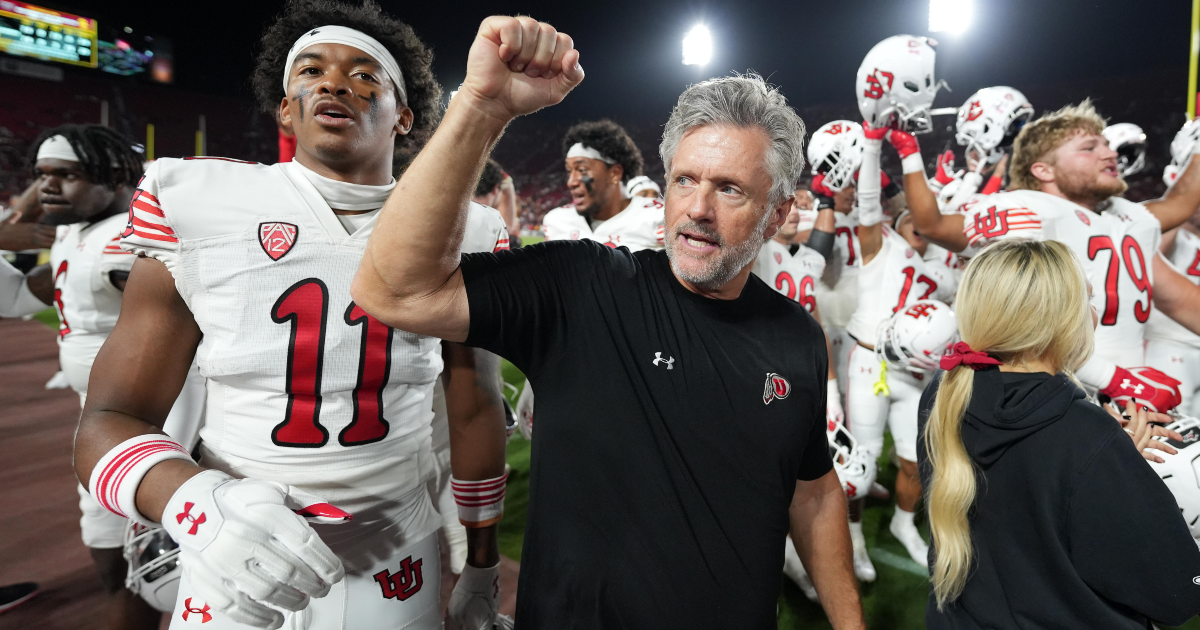
Late Friday night, Michigan made it official. Kyle Whittingham will take over as the next Wolverines head coach, and he released his first public statement.
News broke earlier Friday that Whittingham would replace Sherrone Moore as Michigan head coach. He previously announced his plans to step down as Utah head coach after a decorated run, becoming the winningest coach in program history. Michigan confirmed he is signing a five-year contract.
In Friday’s announcement, Whittingham and athletics director Warde Manuel released statements. Whittingham pointed to the tradition in Ann Arbor and high standard as he takes over the program.
“We are honored to lead the outstanding student-athletes, coaches, and staff who represent Michigan Football each day,” Whittingham said in a statement. “Michigan is synonymous with tradition and excellence – both on the field and beyond – and our entire program is committed to upholding those values while striving for greatness together.
“My family and I are thrilled to join the University of Michigan community, and we look forward to helping our players grow, develop, and reach their highest potential – on the gridiron, in the classroom, and as leaders. It’s a privilege to be part of something that inspires pride in every Wolverine fan. Go Blue!”
Whittingham replaced Urban Meyer as Utah head coach in 2005 and amassed a 177-88 overall record at the helm – the most wins in Utes history. He initially joined the program in 1994, starting out as defensive line coach ad becoming the Utes’ defensive coordinator in 1995. When Meyer left for Florida in 2005, Whittingham took over as head coach.
Although he announced he’d step down as Utah coach, Whittingham made it clear he wasn’t necessarily done coaching. Now, he’ll prepare to head to Ann Arbor and take over a Michigan team which underwent a major shakeup this month.
“Kyle Whittingham is a well-respected and highly successful head coach who is widely recognized as a leader of exceptional character and principled leadership,” Manuel said in a statement. “Throughout our search, he consistently demonstrated the qualities we value at Michigan: vision, resilience, and the ability to build and sustain championship-caliber teams.
“Kyle brings not only a proven track record of success, but also a commitment to creating a program rooted in toughness, physicality, discipline and respect – where student-athletes and coaches represent the university with distinction both on and off the field. We are excited to welcome Kyle to the University of Michigan family as he takes the helm of our football program.”
NIL
Why does Snoop Dogg have his own college football bowl game? What to know
Dec. 27, 2025, 6:01 a.m. ET
D-O-Double G is back for his second year hosting a college football bowl game.
In what was one of the more distinct bowl experiences last season, Snoop Dogg’s eponymously named Snoop Dogg Arizona Bowl is set for its second edition on Saturday, Dec. 27 between the Miami (Ohio) RedHawks and Fresno State Bulldogs inside Arizona Stadium in Tucson, Arizona.
The Snoop Dogg Arizona Bowl is the second main sporting event that Snoop Dogg will be a part of this week, as he performed during halftime of Game 2 of the Netflix-NFL’s Christmas doubleheader between the Minnesota Vikings and Detroit Lions.
Here’s what to know on how Snoop Dogg came to have his own college football bowl game:
How did Snoop Dogg get his own college football bowl game?
Snoop Dogg signed a partnership deal with the Arizona Bowl — founded by the Arizona Sports and Entertainment Commission in 2015 — to be the bowl game’s title and presenting sponsor.
As part of his multi-year sponsorship deal, which was signed in May 2024, Snoop Dogg’s alcoholic beverage — Gin & Juice by Dre and Snoop — serve as the presenting sponsor of the bowl game as well.
“College football fans are exhausted by the talk around NIL, conference realignment, coach movement, transfer portal and super conferences. So it is time we get back to the roots of college football, when it was focused on the colleges, the players, the competition, the community, the fan experience, and the pageantry,” Snoop Dogg said in a video posted on his personal X (formerly Twitter) when he announced his partnership in 2024. “…It’s only fitting that I step up and help this thing right. I’m ready to bring the juice back to college football.”
Snoop Dogg isn’t the first celebrity to be a presenting sponsor of a college football bowl game. Comedian Jimmy Kimmel, host of ABC’s “Jimmy Kimmel Live,” used to be the sponsor of the LA Bowl.
Snoop Dogg was heavily involved with the game and corresponding events in last year’s inaugural bowl game, even interviewing Miami (Ohio) coach Chuck Martin at halftime live on The CW Network.
The 2025 Snoop Dogg Arizona Bowl marks the second consecutive trip for Miami (Ohio) to Tucson, Arizona for the bowl game.
“We couldn’t be more excited to go back to Arizona,” Martin said at a media availability on Monday, Dec. 8. “… Where do you get to go to a bowl (game) and you get to be around for five minutes (with) one of the biggest icons in the history of the world (in Snoop Dogg)?”
Added Martin: “We were dying to get back there and we can’t wait to get back there.”
Who is competing in the Snoop Dogg Arizona Bowl 2025?
Miami (Ohio) and Fresno State are competing in the 2025 Snoop Dogg Arizona Bowl. It’s the second consecutive season the RedHawks will play in the game.
Where is the Snoop Dogg Arizona Bowl?
- Location: Arizona Stadium (Tucson, Ariz.)
The Snoop Dogg Arizona Bowl will once again take place at Arizona Stadium, the home of the Big 12 Conference’s University of Arizona Wildcats, in Tucson, Arizona.
Snoop Dogg Arizona Bowl time today
- Date: Saturday, Dec. 27
- Time: 4:30 p.m. ET (2:30 p.m. MT)
Miami (Ohio) and Fresno State will kick off at 4:30 p.m. ET (2:30 p.m. local time) on Saturday, Dec. 27.
NIL
Tom Izzo reacts to James Nnaji eligibility decision: ‘Shame on the NCAA’
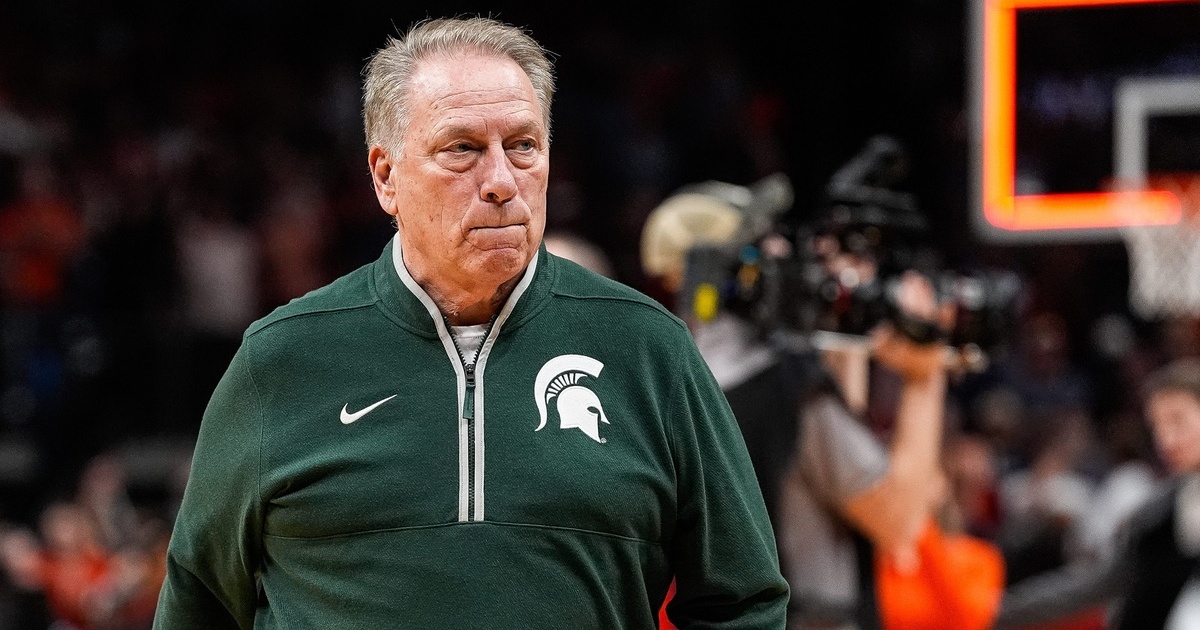
On Christmas Eve, On3’s Joe Tipton reported James Nnaji committed to Baylor after receiving four years of eligibility. Nnaji was the No. 31 overall pick in the 2023 NBA Draft, though he never signed an NBA contract, and will play the second half of this season.
The reaction was swift, including a post on social media from UConn coach Dan Hurley. Saturday afternoon, Michigan State coach Tom Izzo weighed in on the situation.
SUBSCRIBE to the On3 NIL and Sports Business Newsletter
Izzo admitted he didn’t know all the details and reached out to “good friend” and Baylor head coach Scott Drew for more information. But he raised multiple questions about the impact of the Nnaji eligibility decision, even asking what would stop him from asking Miles Bridges – or other even Magic Johnson and Gary Harris – if they wanted to return to East Lansing.
“I asked Coen [Carr], would you be okay if I went and got Miles and brought him back? … You laugh, but that’s what we’re doing,” Izzo said. “Somebody’s sitting. Somebody’s not playing. I just don’t think that’s fair for the players. Some of them work their butt off to get to this position and maybe things didn’t go right. I’m a little surprised. I’ve got a call in to Scott. I’m anxious to see what he tells me. … But what I’m hearing and now, we’re taking guys that were drafted in the NBA and everything. I said it to you a month and a half ago, ‘Come on, Magic and Gary. Let’s go, baby. Let’s do it.’ Why not?
“If that’s what we’re going to, shame on the NCAA. Shame on the coaches, too. But shame on the NCAA because coaches are going to do what they’ve got to do, I guess. But the NCAA’s the one. Those people on those committees that are making those decisions to allow something so ridiculous and not think of the kid. Everybody talks about me thinking of my program or selfish. No. Get that straight, for all of you. I’m thinking of what is best for my son if he was in that position, and I just don’t agree with it.”
Of course, Izzo made it clear he was not planning to ask Bridges if he’d come back to school. He said his point was more about his concern with the situation.
“Sooner or later, it’s gonna get me,” Izzo said. “Not that I’m gonna be too stubborn not to ever do anything, but I’m not going and recruiting Miles. I love Miles. Would love to have him play. But what is wrong with that statement? ‘Go and replace Coen.’”
Tom Izzo: ‘I’m not going to fight city hall’
James Nnaji played professional basketball in Europe before going No. 31 in the 2023 NBA Draft when the Detroit Pistons selected him. While he did not sign a standard NBA contract, his draft rights were traded twice, most recently in the trade that sent Karl-Anthony Towns to the New York Knicks. Nnaji also played in the NBA Summer League with the Knicks.
Amid the fallout from the NCAA’s decision, Nnaji’s name also came up in an ongoing eligibility lawsuit. Attorneys for Vanderbilt quarterback Diego Pavia and others cited it in a filing Friday. Pavia and other plaintiffs are challenging the NCAA’s junior college rules.
Tom Izzo also said he spoke with an unnamed coach who agreed with him. But Izzo also further called out the NCAA and president Charlie Baker about the state of the landscape.
“I was told by a very famous, good, great coach yesterday in a text that said, ‘I believe in everything you’re saying. Just don’t let it ruin your year. Why fight city hall?’ I’m not going to fight city hall – I’m just not going to stick up for it, either,” Izzo said.
“I’m not going to tell you that [as] a guy that worked for the NCAA for 20 years on every committee known to man. I’m not going to tell you that this president, to me, is doing anything but running from leadership and is making decisions that are against them. I’d like to poll 360 of the coaches and see how many are in favor of what’s going on.”
-

 Motorsports3 weeks ago
Motorsports3 weeks agoSoundGear Named Entitlement Sponsor of Spears CARS Tour Southwest Opener
-

 Motorsports3 weeks ago
Motorsports3 weeks agoDonny Schatz finds new home for 2026, inks full-time deal with CJB Motorsports – InForum
-
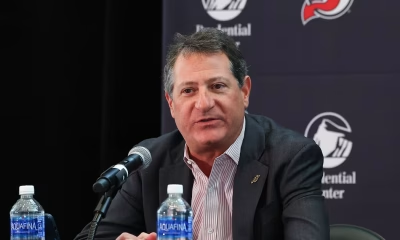
 Rec Sports3 weeks ago
Rec Sports3 weeks agoDavid Blitzer, Harris Blitzer Sports & Entertainment
-
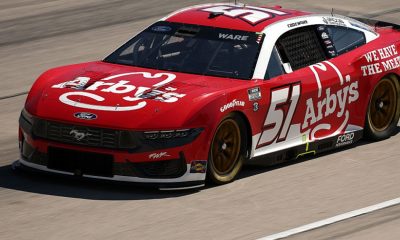
 Motorsports3 weeks ago
Motorsports3 weeks agoRick Ware Racing switching to Chevrolet for 2026
-

 NIL2 weeks ago
NIL2 weeks agoDeSantis Talks College Football, Calls for Reforms to NIL and Transfer Portal · The Floridian
-
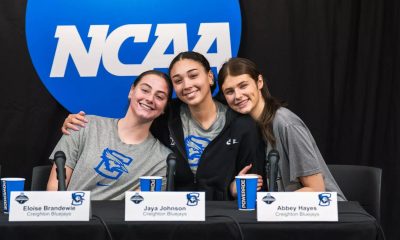
 Sports2 weeks ago
Sports2 weeks ago#11 Volleyball Practices, Then Meets Media Prior to #2 Kentucky Match
-

 Technology3 weeks ago
Technology3 weeks agoWearable Gaming Accessories Market Growth Outlook
-

 Motorsports2 weeks ago
Motorsports2 weeks agoSunoco to sponsor No. 8 Ganassi Honda IndyCar in multi-year deal
-
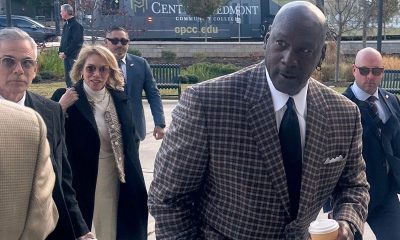
 Motorsports3 weeks ago
Motorsports3 weeks agoNASCAR owes $364.7M to teams in antitrust case
-
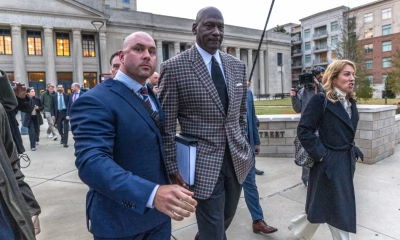
 Motorsports2 weeks ago
Motorsports2 weeks agoNascar legal saga ends as 23XI, Front Row secure settlement































